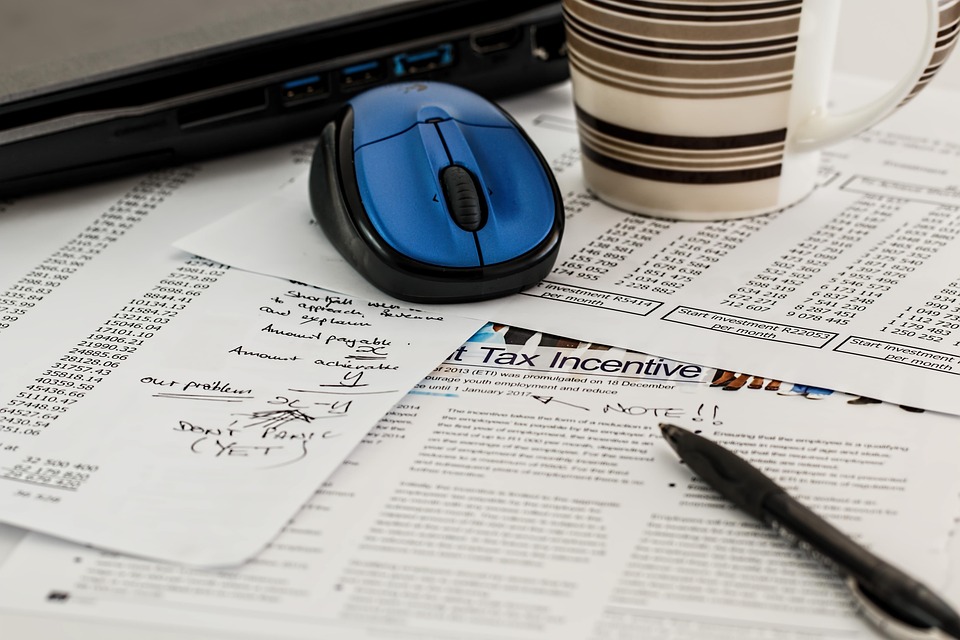An emergency fund is a financial safety net designed to cover unexpected expenses, such as medical emergencies, car repairs, or job loss. Building this fund is essential for achieving financial stability and reducing stress during unforeseen situations. Here are effective strategies for creating and growing your emergency fund.
1. Set a Savings Goal
Determine the Right Amount
The first step in building an emergency fund is setting a savings goal. Financial experts recommend saving three to six months’ worth of living expenses. This typical range provides a solid buffer to cover your needs during financial emergencies.
Calculate Monthly Expenses
To set your goal accurately, calculate your essential monthly expenses. Include rent/mortgage, utilities, groceries, transportation, and any debt repayments. This figure will serve as your baseline for determining how much you need to save.
2. Create a Dedicated Savings Account
Separate Your Funds
Once your goal is established, open a dedicated savings account for your emergency fund. Keeping these funds separate from your regular checking or savings accounts can reduce the temptation to dip into your savings for non-emergencies.
Look for High-Interest Options
Consider seeking accounts with higher interest rates or special features designed for savings. Online banks often provide better rates than traditional banks. Look for accounts with low or no fees to maximize your savings potential.
3. Automate Your Savings
Set Up Automatic Transfers
One of the most effective strategies for building your emergency fund is to automate your savings. Set up automatic transfers from your checking account to your emergency fund account each month. This “pay yourself first” approach ensures that savings occur regularly without requiring conscious effort.
Start Small and Increase Gradually
If you’re starting with a limited budget, begin with a small amount. Even saving $50 or $100 a month can add up over time. Once you’re comfortable, gradually increase your contributions as your financial situation improves.
4. Cut Unnecessary Expenses
Analyze Your Spending Habits
Take a close look at your monthly expenses to identify areas where you can cut back. Review subscriptions, dining out, and entertainment costs. Redirect these savings into your emergency fund.
Use the 50/30/20 Rule
Consider applying the 50/30/20 budgeting rule. Allocate 50% of your income for needs, 30% for wants, and 20% for savings and debt repayment. Adjusting your budget this way can help you prioritize savings effectively.
5. Supplement Your Income
Explore Side Hustles
If possible, consider picking up a side job or freelance work. Extra income can be directly funneled into your emergency fund, speeding up your savings progress.
Sell Unused Items
Declutter your home and sell items you no longer need. Platforms like eBay, Facebook Marketplace, or garage sales can provide a one-time boost to your savings.
6. Use Windfalls Wisely
Save Bonuses and Tax Refunds
When you receive unexpected financial windfalls, such as bonuses, tax refunds, or gifts, consider allocating a significant portion, if not all, to your emergency fund. This strategy allows you to reach your goal faster.
Resist Spending Temptations
While the temptation to spend windfalls is strong, resist. Keeping these funds for emergencies is more beneficial in the long run.
7. Monitor and Reassess
Track Your Progress
Regularly review your savings progress to stay motivated. Use apps or spreadsheets to monitor your contributions and overall growth of your emergency fund.
Adjust as Necessary
Life circumstances change, and so should your emergency fund goals. If you experience a significant life change (such as a new job or family addition), reassess your savings target and adjust accordingly.
Conclusion
Building an emergency fund is a crucial step toward financial stability. By setting clear goals, automating savings, and making conscious spending choices, anyone can build a solid financial buffer. The peace of mind that comes with knowing you’re prepared for the unexpected is invaluable, making these strategies a worthwhile investment in your future financial health. Start today, and take charge of your financial stability!


